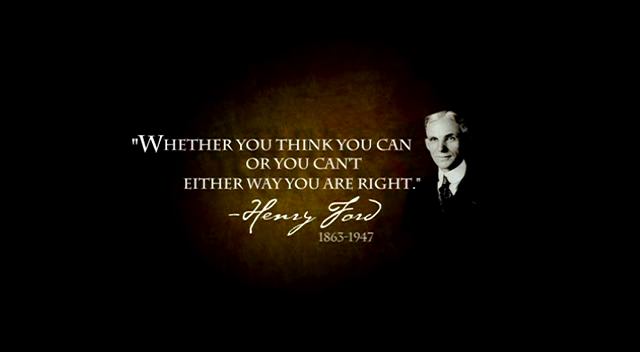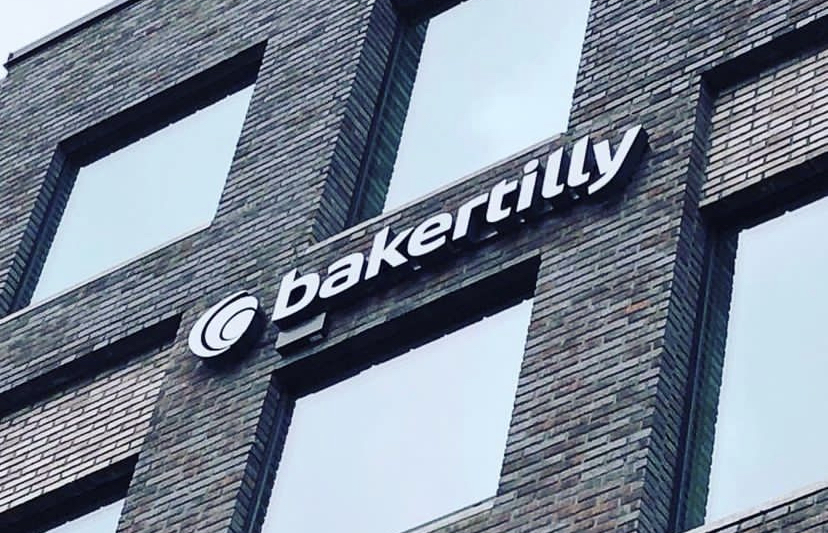A famous Henry Ford quote, “Whether you think you can, or you think you can’t – you’re right,” emphasizes how much attitude determines success or failure.
This is true for most projects you take on and certainly for technology initiatives. Most people think choosing the right software or implementation consultant are what makes or breaks a project. While these are important, a project’s fate is mostly determined well before you make these decisions. This is because so much of it is based on attitude.
Attitude Starts at the Top
Attitude is contagious. And bad attitudes can infect the organization from the top-down. Likewise, positive attitudes – or inspiration – also trickle down from leadership. Whether it’s the implementation of a single specialty product or a complete overhaul of your firm’s core software systems, a commitment to stay the course in good times and bad is critical.
Similar Projects – Different Results
We hear countless war stories about technology initiatives from our Boomer Technology Circle members each year. Often we hear the same story from multiple firms with the exception of the ending. So, what’s different? What helps some succeed and causes others to fail? They were addressing the same pain point and using the same solution but recognized very different results. That’s right – attitude.
Some of the most discussed technology projects in firms which have varied in outcomes are listed below:
- Scan and Populate – There are a handful of solutions in the market that essentially do the same thing – digitize the client’s source documents and flow them into the tax package. Yet, I hear one firm talk about an abysmal failure and another sing the praises. When successful firms enter this project they view this tool from the perspective of progress not perfection, and they are willing to change their processes and staffing to make it work. On the other hand, firms that fail tend to look at all the shortcomings and abandon the project after (or during the first year).
- Portals – It amazes me that we are still talking about whether to firms should use a client portal to exchange data and collaborate with clients. The most cited objection is that the clients won’t buy-in. What they are really saying is that the partners and other client-facing professionals aren’t onboard. And, if you’re not sold yourself, you can’t sell your clients on the value. Those firms where leadership is committed to success, the clients tend to be very accepting.
- Remote employees – Technology has advanced to the point where people can do most of their work and effectively communicate/collaborate with their peers and clients from anywhere. However, the technology is only the enabler. The firm’s attitude about a different work arrangement, commitment to consistent communication and willingness to work through any challenge is what really determines whether a firm can make it work. Video conferencing, instant messaging and collaboration tools can all make this a seamless transition if you believe it can work.
Gaining Buy-In
So how do you get leadership to buy-in and adopt the “can do” attitude required for success? There are a number of strategies in this area, and here are some with which we’ve seen firms have the most success:
- Alignment – Developing an overall firm strategy and ensuring the IT Strategic Plan is in alignment will greatly increase your chances for success.
- Technology Steering Committee – Approach all projects as firm projects rather than IT projects, and develop an IT Steering Committee with balanced representation from service areas and levels within the firm.
- Paint a Picture of a Better Future – Everyone responds better to a clear vision of the end goal. Develop your vision for a better future and communicate it throughout the firm.
- Sell the Project in Terms of Benefits, Not Features – IT tends to get caught up in features of a technology solution, but that doesn’t usually resonate with the average end user. Make the pitch in terms of the benefits that will be derived rather than all the cool things the software possesses.
- Peer Groups – Participation in peer groups provides outside perspectives, new ideas and confirmation you’re on the right path. All these factor into the comfort level and ultimate buy-in throughout the firm.
Before you embark on your next technology project, ask yourself whether you are fully committed to success. A positive attitude can make all the difference in ensuring you’re right – you can.
Thanks for reading CPA Practice Advisor!
Subscribe Already registered? Log In
Need more information? Read the FAQs
Tags: Firm Management





